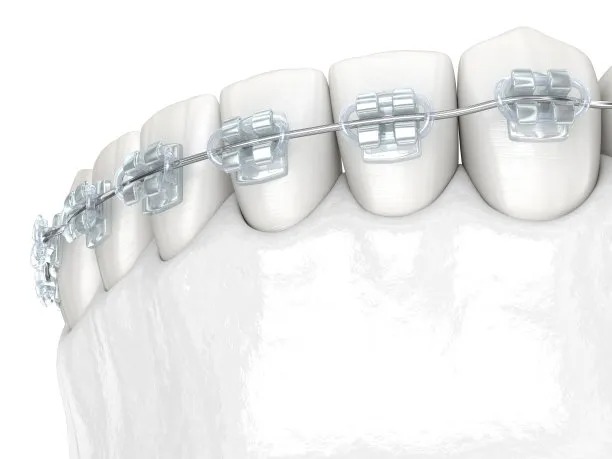The Essential Guide to Extracting a Tooth What You Need to Know for a Smooth Experience
Summary: Extracting a tooth can be a daunting and often anxiety-inducing experience. This guide provides essential insights into what to expect during the process, ranging from pre-extraction preparations, methods of extraction, post-operative care, to managing pain and anxiety. By understanding these key aspects, patients can foster better communication with their dental professionals and ensure a smoother extraction experience, thus alleviating worries and enhancing recovery.
1. Preparing for Your Tooth Extraction

Before undergoing a tooth extraction, adequate preparation is crucial for a seamless experience. The first step involves scheduling a consultation with a dentist, where they will evaluate the tooths condition and overall oral health. This assessment includes x-rays to determine the tooths position and any potential complications.
Once the examination is complete, patients should inform their dentist of any medications they are currently taking, as some may require adjustments to prevent complications during the procedure. For instance, blood thinners may need to be paused a few days prior to the extraction to facilitate easier healing.
Additionally, patients should prepare their schedule around the extraction date. Setting aside ample recovery time is pivotal, as patients may feel discomfort and experience swelling post-extraction. Planning for a relaxed recovery, ideally involving rest and limited activity, can significantly enhance the healing process.
2. Understanding Tooth Extraction Methods
Tooth extraction comes in two primary methods: simple extraction and surgical extraction. A simple extraction is conducted when the tooth is visible and can be easily removed using dental instruments. This method is typically used for teeth that are decayed or already loose.
On the other hand, surgical extraction is necessary for teeth that are impacted or not easily accessible, such as wisdom teeth. This procedure may involve making incisions in the gum and occasionally removing bone to access the tooth. Therefore, understanding which method applies to your case is vital for setting expectations.
Patients should also discuss anesthesia options with their dentist. Local anesthesia is most commonly used for simple extractions, while general anesthesia may be recommended for surgical extractions. Understanding these options can help ease anxiety and prepare each patient for what they will experience during the procedure.
3. Post-Extraction Care for Smooth Recovery
Post-operative care is crucial to ensure a smooth recovery after tooth extraction. Patients typically receive specific instructions regarding oral hygiene practices to promote healing while reducing the risk of infection. It is essential to avoid rinsing the mouth vigorously and to refrain from using straws, which can dislodge blood clots and impede healing.
Managing swelling and discomfort is another fundamental aspect of post-extraction care. Patients can apply ice packs to the outside of the cheek for several hours after the procedure, helping to minimize swelling. Additionally, over-the-counter pain relief medications can be taken as needed, but individuals should consult their dentist regarding the appropriate options.
Moreover, attention to dietary choices can significantly impact recovery. Patients are advised to stick to soft foods and avoid chewing near the extraction site for several days. Consuming smoothies, yogurt, and soft pasta can keep nutrition adequate while ensuring the extraction site is undisturbed, facilitating healing.
4. Managing Pain and Anxiety During the Process
Pain and anxiety are common concerns during tooth extraction. To effectively manage anxiety, patients should consider discussing their fears with their dentist before the procedure. Dentists can provide detailed information about what to expect, helping to calm nerves and create a supportive atmosphere.
Medication for anxiety is also an option that can be explored. Some dentists may prescribe sedatives to help patients remain calm and relaxed during the procedure, allowing for a more comfortable experience overall.
Post-operative anxiety related to pain management is manageable with proper communication. Patients should feel empowered to discuss their pain levels with their dentist, as these professionals can recommend medications to alleviate discomfort tailored to the individual’s needs. This open dialogue ensures a patient-focused approach to pain management.
Summary:
Overall, understanding the intricacies involved in tooth extraction can significantly enhance a patients experience. From preparation and knowledge of extraction methods to a tailored post-operative care regimen and effective pain management strategies, patients can navigate the process with greater ease. Adequate communication with dental professionals is vital in ensuring a smooth extraction experience.
This article is compiled by Vickong Dental and the content is for reference only.


